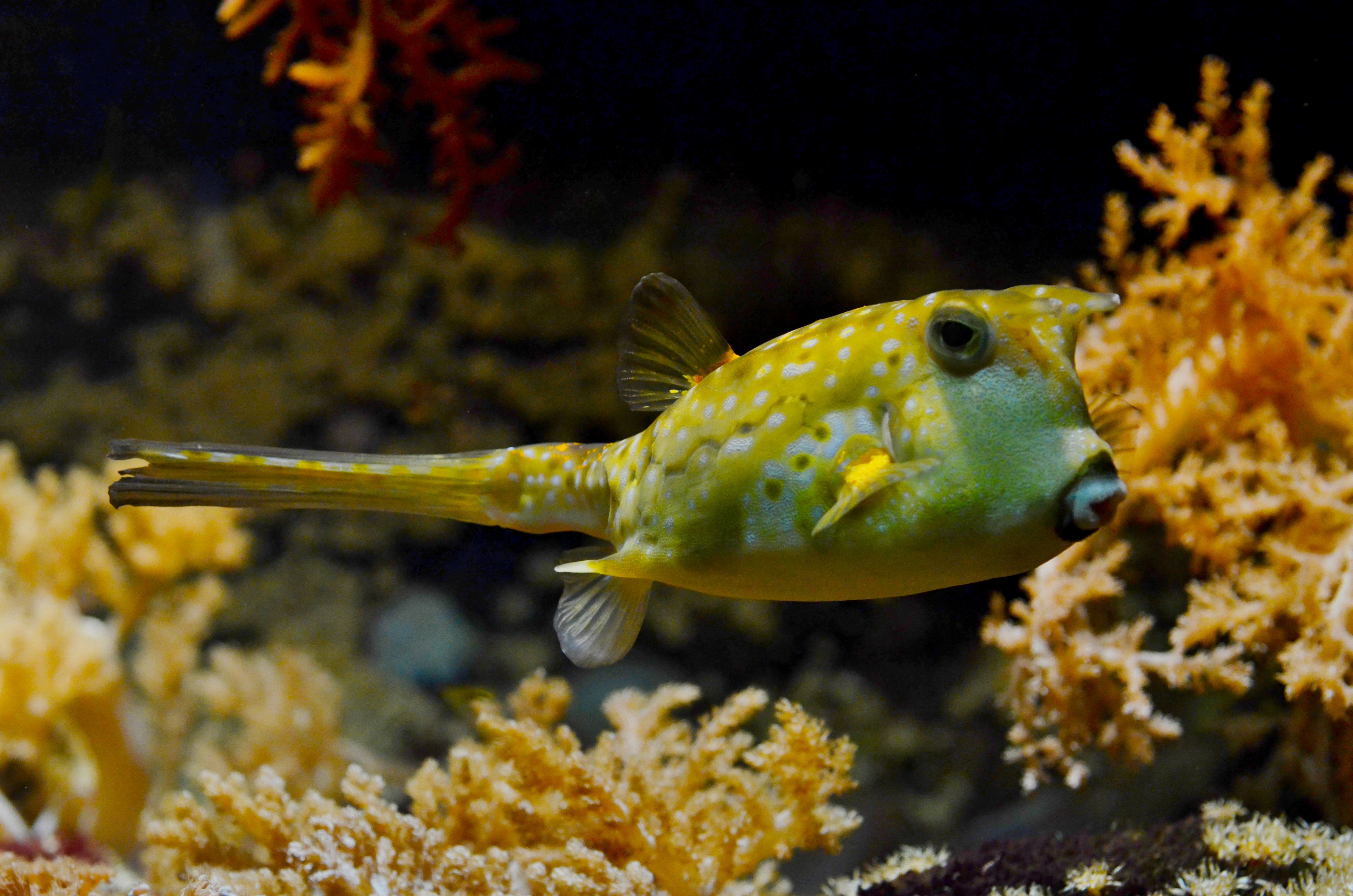For centuries it was thought that the oceans are so large and deep, that they could just about withstand any kind rubbish, litter or chemicals. However, this is not the case and the oceans have suffered hugely over the last couple of decades, causing the loss of marine life and habitats.
The oceans have a huge part to play for life on earth. They absorb over 30% of the carbon dioxide create by man-made industries. However, over time and with the sharp increase in pollution entering our oceans, this has dropped significantly over the past 10 years. Without the oceans acting like a carbon sponge, our planet would succumb to the harmful effects of global warming.
When pollution enters our oceans, some of these chemicals get released into our environment. Pollution such as nitrogen-rich fertilisers pour into the ocean via surface run-off and collect in areas of the ocean which can lead to the creation of giant blooms of algae that steal all of the oxygen within the water. These areas are known as dead zones and there are roughly 405 of them, spread throughout the globe. One of the largest dead zones can be found in the Gulf of Mexico and spans approximately 5000 square miles. This dead zone is almost completely devoid of life.
If you would like to learn more about ocean pollution and how it affects marine life, mankind and the environment, then take a look at the fascinating infographic below, created by the team at https://www.divein.com

The oceans are not going to clean themselves. Why not do something about it on a Marine Conservation Internship? Travel you career (and the oceans) – apply today!











